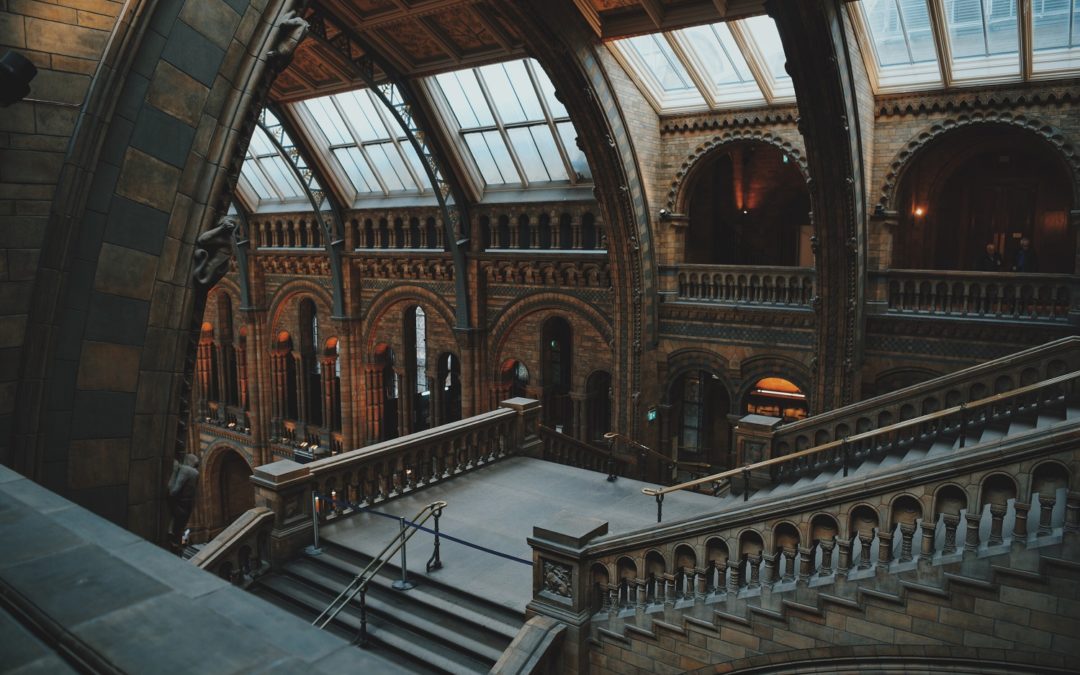As part of a strategic planning project for a regional museum, Schultz & Williams recently conducted an industry scan on museum trends. One of the key findings is that many museums are struggling for relevance. The National Endowment for the Arts’ most recent Survey for the Public Participation in the Arts (November 2013), for example, confirmed that attendance has been declining for decades.
At the same time, however, other statistics demonstrate that the role of museums in their communities can be strong. Museums are a big part of the nation’s $192 billion cultural tourism industry. Research shows that for every $1 a municipality invests in cultural organizations, including museums, $7 is returned to public coffers.
The conflicting nature of the data has spurred organizations like the American Alliance of Museums and its Center for the Future of Museums to commission research on the relevance and sustainability of museums.
One trend that museums are following in order to overcome concerns about relevance and to continue to flourish is to establish a niche as community institutions that truly engage their audience. This represents a significant shift in mission from an internal focus on collection preservation to an external focus on sharing collections and research with a public audience through experiential learning.
–George Sparks, president and CEO of the Denver Museum of Nature and Science
Numerous museum thought-leaders have affirmed the importance of museums as educational institutions. Not only are museums serving schoolchildren, they are becoming partners with federal and state governments in curriculum development. They are also filling social service gaps through special programming for the disabled, veterans, elderly and non-English-speaking communities.
Today’s museum buzzwords include: “audience engagement,” “outreach,” two-way narrative,” “interactive” and “blended learning.”
–Asuka Hisa, Director of Education and Public Programs, Santa Monica Museum of Art
A growing number of natural history museums, for example, are starting to evolve from a traditional one-way, passive visitor experience. While they are not doing away entirely with dioramas, they are putting the focus on interactive experiences by providing explanations and interpretations as well as fostering visitors’ inquiries.
This shift towards active engagement of visitors and community members presents museums with the opportunity to fill gaps in education for the young and old and to serve as much needed public institutions that bring communities together through their many resources. Museum funders have demonstrated that they are excited by and supportive of these trends, and this is a powerful barometer for how museums will maintain their relevance.




